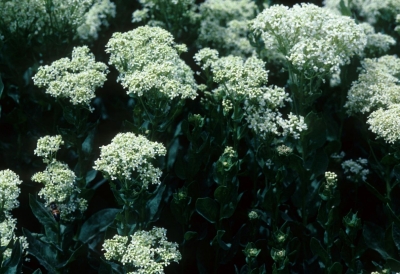Hoary Cress Description
While you go about your day-to-day activities, it moves almost silently, millimeter by millimeter, toward total domination of your land. No this isn’t the tagline from a horror film, it’s how hoary cress noxious weed made it on to Colorado’s noxious weed list.
Also known as whitetop because of the full head of white flowers atop the plant that can grow up to two feet tall, hoary cress is also called perennial peppergrass because it has been known to be used as a pepper substitute. Care should be taken before ingesting the plant, though. Sheep seem to be the only animal that can eat younger plants without experiencing digestive tract irritation. Humans and cattle seem particularly susceptible to the plants’ toxic (but not known to be fatal) effects.
Hoary Cress Noxious Weed Reproduction

The first hoary cress leaves emerge in very early spring and form what’s called a rosette. But in this case, it’s not a rose by any other name. By late April stems reach for the sky and the plant flowers from May to June. By mid-summer seeds are formed and begin to make a way for themselves in the world. Optimum conditions – hoary cress likes loose, alkaline soil and plenty of sun – result in the development of a second set of seeds in the fall.
If you have or suspect a hoary cress noxious weed infestation on your property, contact SprayTech, Colorado noxious weed management experts, at 720-248-0000 to discuss treatment options.

